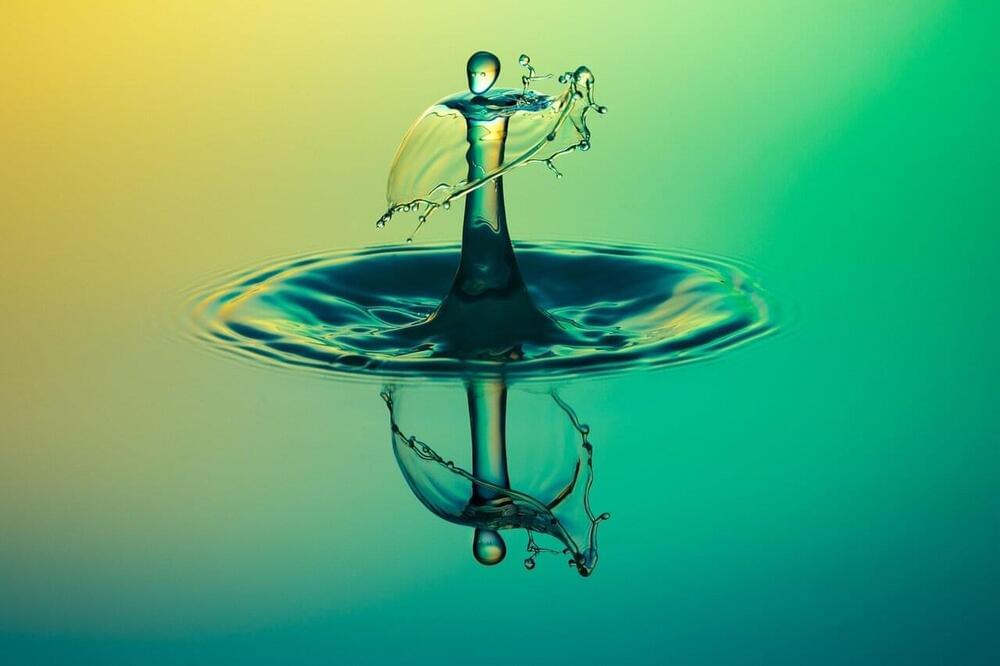A team of researchers from HSE MIEM joined colleagues from the Institute of Non-Classical Chemistry in Leipzig to develop a theoretical model of a polymeric ionic liquid on a charged conductive electrode. They used approaches from polymer physics and theoretical electrochemistry to demonstrate the difference in the behavior of electrical differential capacitance of polymeric and ordinary ionic liquids for the first time. The results of the study were published in Physical Chemistry Chemical Physics.
Polymerized ionic liquids (PIL) are a relatively new class of materials with increasing applications in various fields, from the development of new electrolytes to the creation of solar cells. Unlike ordinary room temperature ionic liquids (liquid organic salts in which cations and anions move freely), in PILs, cations are usually linked in long polymeric chains, while anions move freely. In recent years, PILs have been used (along with ordinary ionic liquids) as a filling in the production of supercapacitors.
Supercapacitors are devices that store energy in an electric double layer on the surface of an electrode (as in electrodes of platinum, gold and carbon, for example). Compared, for example, to an accumulator, supercapacitors accumulate more energy and do so faster. The amount of energy a supercapacitor is able to accumulate is known as its ‘capacitance’.
